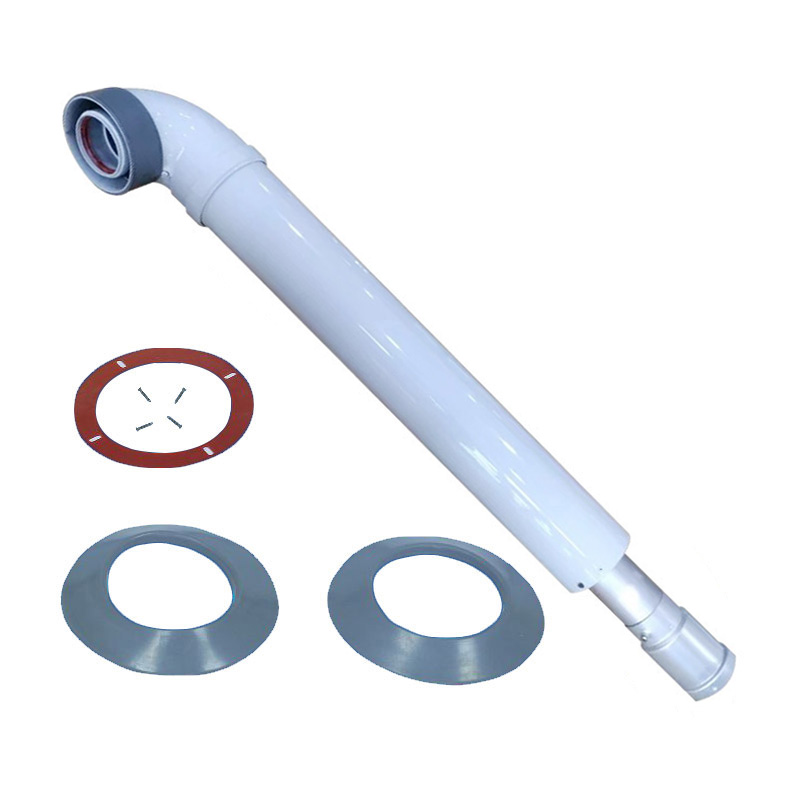There is high temperature corrosion in the fuel oil boi […]
There is high temperature corrosion in the fuel oil boiler. The organic salts of vanadium and sodium metal elements in the fuel oil have a low melting point of oxides after combustion, generally at 600 ℃. These oxides sublimate at high temperatures in the furnace and condense at relative temperatures Corrosive high-temperature dust deposits are formed on the lower heated surface. The general measures to prevent high-temperature corrosion are: (1) increase the oxides of magnesium and calcium, which can interact with the components of high-temperature ash formation to produce high-melting compounds; (2) choose materials with good high-temperature corrosion resistance, generally overheating in Changsha Boiler Factory The tube is made of 15CrMoG/GB5310 or 12Cr1MoVG/GB5310 material; (3) coated with protective film, coated with ceramic, silicon carbide and other coatings on the heated surface prone to high temperature corrosion to improve its high temperature corrosion resistance.
The sulfur in the fuel generates SO2 in the combustion chamber, and SO2 will further generate SO3 during combustion. SO3 and water vapor produce H2SO4, sulfuric acid will greatly increase the dew point of flue gas. When the temperature of the flue gas is lower than the dew point, sulfuric acid will condense on the wall of the heated surface and corrode the heated surface. Low temperature corrosion generally occurs on the heated surface of the tail. In order to prevent low temperature corrosion, we use methods such as controlling flue gas temperature, low oxygen burners, using additives, and using corrosion-resistant materials. According to the requirements of TSG G0001-2010 "Boiler Energy Conservation Technical Supervision and Management Regulations": steam boilers with a rated evaporation capacity ≥ 1t/h or hot water boilers with a rated thermal power ≥ 0.7MW, the exhaust temperature is not higher than 170℃, so the When the fuel has a higher sulfur content, the dew point of the flue gas is also higher. We generally take the exhaust temperature at 160-170℃. The dew point of the fuel gas with a lower sulfur content is slightly lower. Our exhaust temperature can be 150-160℃. .
With its advantages of high combustion efficiency, less equipment investment, energy saving and environmental protection, the oil-fired gas boiler is bound to develop more systematically and more comprehensively.
